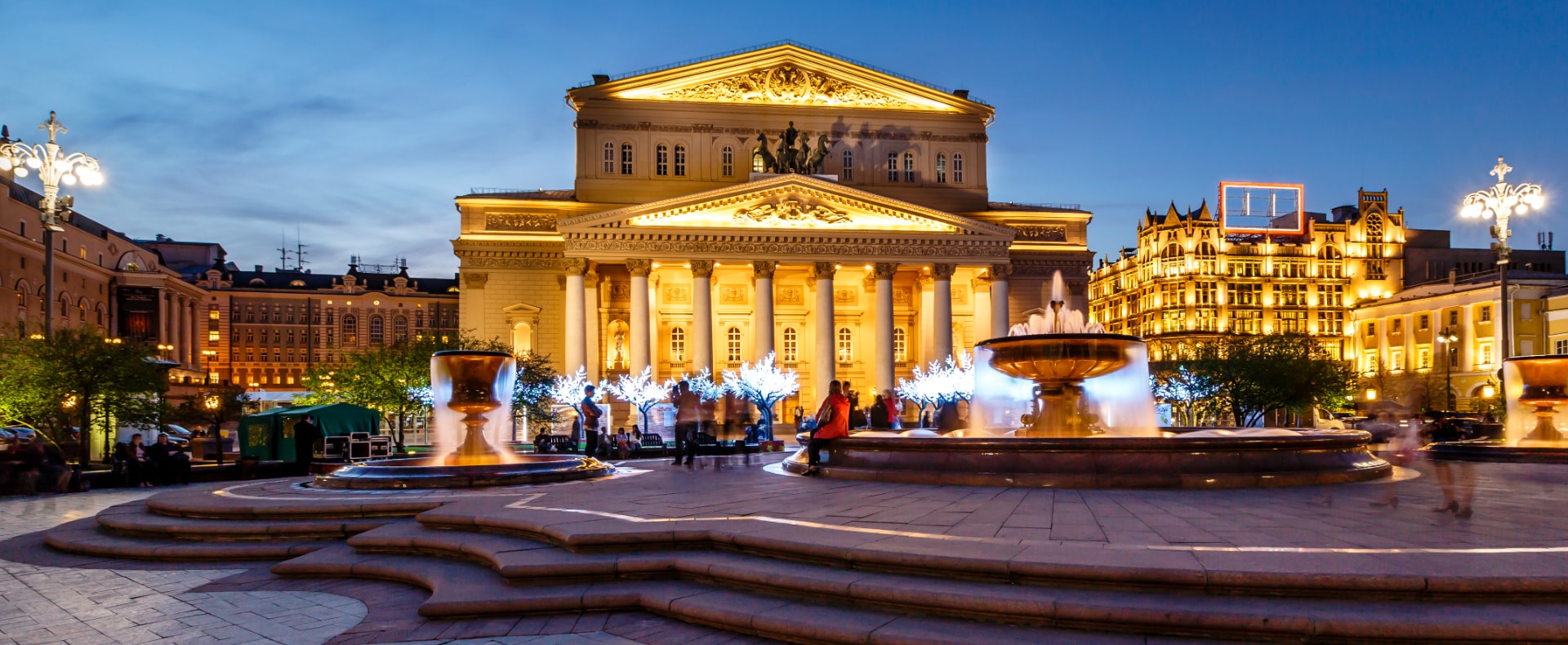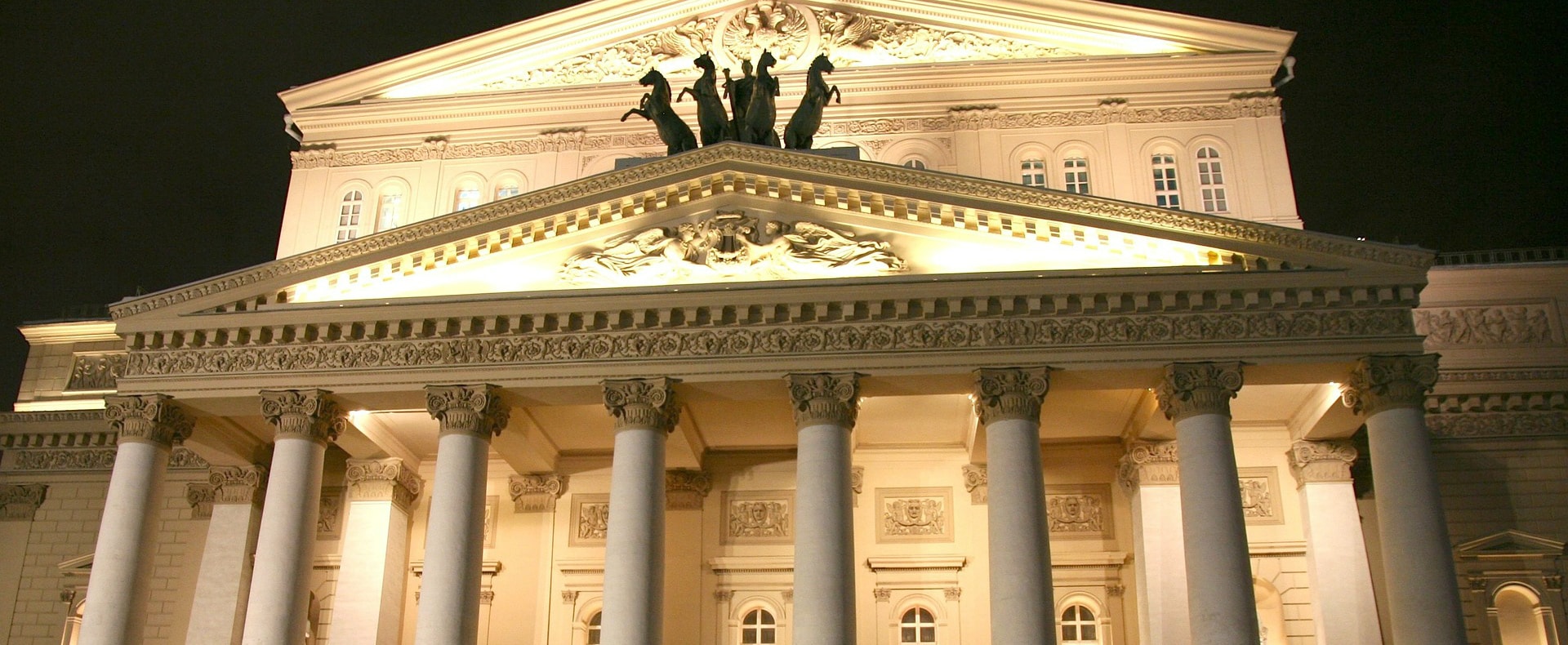Why Visit Bolshoi Theater
In the 19th century, Russian Emperors assumed the role of great composers, devising how Russian culture, its establishments, and its institutions would eventually evolve. Catherine II the Great opened this great movement in Russian history with the creation of what she saw as a worthy “ostinato” or overriding theme, that being a duet of theatrical groups.
As such, the “grand” or “bolshoi” theater group would perform only opera and ballet, what Catherine saw as the “higher theatrical arts,” while the accompaniment would be assigned to the “lesser” or “maly” theater group, presenting the “lower arts” of tragedy and comedy.
Catherine directed Prince Pyotr Urusov, her prosecutor, to take the lead role in orchestrating the score of what would become Russian theater in March 1776. Prince Urusov brought onto the stage Britain’s Michael Maddox, who had only recently helped project Samuel Foote’s Haymarket Theater in London. Together the Prince and the play-master created Russia’s first great performances in a newly constructed wooden theater on Znamenka Street.
Just before its 4th season, the building burnt to the ground. Prince Urusov quit the enterprise in despair, but Maddox took a risk and commissioned the German architect Christian Rosberg to build a new stone theater on Petrovka Street, financing 130 000 rubles but unfortunately went bankrupt. In 10 months, the structure was completed, yet sadly too caught fire in 1805.
Rebuilding of the Bolshoi Theater
Architect Carlo Rossi on Arbat Street assembled a replacement theater for the following season. Still, this structure naturally fell victim to the great fire that left Napoleon’s troops starving in the winter of 1812. After Napoleon was sent to his fate, Osip Bove began to design Tsar Alexander’s new planned city and planned the Theater Square on the Neglinnaya River banks.
Paradoxically the new theater designed by Alberto Cavos burned down as well. Alas, it was one of the largest theaters in the world, surpassing at the time, even the epic stages of Italy.
Bolshoi’s most recent renovation took place between 2006 and 2011, making it the most technically equipped theater building globally.
From acoustics and state-of-the-art machinery to the faithful restoration of the bright crimson and gold interiors, to even the renovation of the emblematic Apollo Quadriga statue by Peter Klodt, the theater is again the pride of Russia. So find time to dive into the unique Russian culture and enjoy the high art performance during your Moscow trip, visiting the Bolshoi Theatre.




